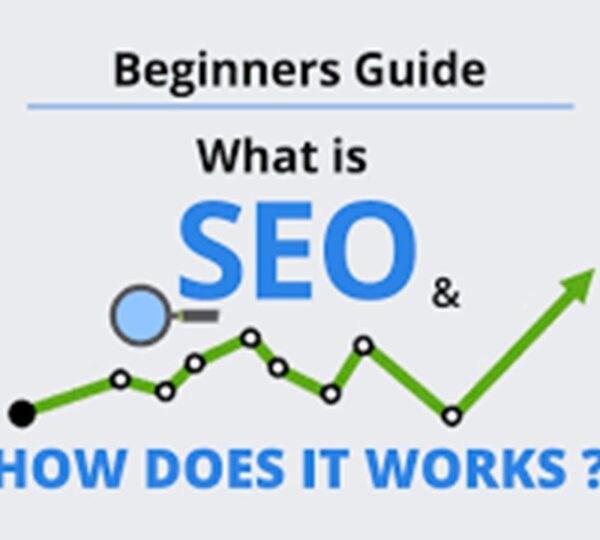Introduction
As digital ecosystems evolve, businesses are faced with a strategic decision: invest in hyperlocal SEO to dominate local intent or implement AI marketing to personalize, scale, and automate customer engagement across multiple touchpoints. Understanding the semantic and contextual roles of each strategy helps decision makers align marketing investments with user behavior, platform capabilities, and business goals.
Both approaches optimize visibility and conversion but they differ fundamentally in scope, technology, user intent, and application. This guide breaks down each strategy through a topical SEO lens, identifying named entities, core predicates, adjacent concepts, and use cases to support scalable decision making.
What is Hyperlocal SEO
Hyperlocal SEO is a location based digital optimization strategy focused on serving content and visibility to users within a narrowly defined geographic radius often down to the neighborhood, street, or zip code.
Semantic Core of Hyperlocal SEO
Predicates
- optimizes for proximity
- targets intent near a location
- uses local keywords and map listings
Named Entities
- Google Business Profile
- Bing Places
- Google Maps
- Yelp
- Apple Maps
Adjacent Contexts
- local reviews
- neighborhood guides
- service area pages
- voice search
- local citations
Importance
Captures bottom of funnel search intent from nearby users actively looking for a service or product
What is AI Marketing
AI Marketing refers to the application of machine learning algorithms, predictive modeling, and automation platforms to optimize marketing tasks. This includes personalizing content, automating campaign management, forecasting customer behavior, and improving engagement.
Semantic Core of AI Marketing
Predicates
- automates personalization
- predicts user behavior
- optimizes content dynamically
Named Entities
- ChatGPT
- HubSpot AI
- Salesforce Einstein
- Jasper AI
- Adobe Sensei
Adjacent Contexts
- customer segmentation
- natural language generation
- dynamic ad targeting
- chatbot automation
Importance
Enables top and mid funnel engagement at scale across multi channel environments
Strategic Differences
User Intent
- Hyperlocal SEO captures immediate transactional intent such as coffee shop near me.
- AI Marketing anticipates and nurtures intent before the user explicitly searches.
Channel Focus
- Hyperlocal SEO optimizes for search engines, map results, and voice based queries.
- AI Marketing operates across email, ads, websites, chatbots, social platforms, and predictive analytics tools.
Scalability
- Hyperlocal SEO is limited by geography but powerful for physical location based conversion.
- AI Marketing scales across geographies, verticals, and user segments via automation.
Data Dependency
- Hyperlocal SEO depends on structured local data such as name, address, phone number, business hours, and user reviews.
- AI Marketing requires big data, behavioral signals, CRM integration, and machine learning pipelines.
Integration Use Cases
Although often viewed separately, these strategies are highly complementary when executed together.
- AI assisted hyperlocal content creation using tools to generate neighborhood specific landing pages and blog content
- Predictive local campaigns using AI models to forecast high performing local keywords or customer segments
- Voice and proximity search optimization combining AI voice recognition with hyperlocal map placement
- Dynamic personalization of local offers based on inventory, user history, and seasonal trends
When to Use Each Strategy
Hyperlocal SEO is Ideal for
- Local service providers such as plumbers, dentists, salons
- Brick and mortar businesses with physical storefronts
- Multi location businesses targeting foot traffic
- Real estate and legal services operating by jurisdiction
AI Marketing is Ideal for
- Ecommerce and SaaS companies with broad customer bases
- Brands managing high volume multi segment campaigns
- Enterprises scaling personalization across markets
- Subscription and funnel based marketing models
Integrated Strategy Works Best for
- Franchise models with local outlets and national presence
- Location specific offers based on user behavior
- Event based marketing such as concerts or conferences
- Geo aware mobile applications and smart city tools
What is hyperlocal SEO?
Hyperlocal SEO focuses on targeting search users in a very specific geographic area such as a neighborhood or local district.
What does AI marketing mean?
AI marketing uses machine learning to automate and personalize marketing campaigns across digital channels.
How are hyperlocal SEO and AI marketing different?
Hyperlocal SEO targets local intent in search while AI marketing focuses on data driven personalization and automation.
Is hyperlocal SEO good for small businesses?
Yes, it helps local businesses appear in map results and searches from nearby customers.
Can AI marketing help local businesses?
Yes, AI tools can automate customer messaging and improve engagement even at a local level.
What are examples of hyperlocal SEO?
Optimizing Google Business Profile, using local keywords, and getting neighborhood based reviews.
What are examples of AI marketing?
Chatbots, dynamic ad targeting, predictive email campaigns, and automated content generation.
Which strategy is better for physical stores?
Hyperlocal SEO is ideal for driving in person visits and local discovery.
Which strategy works for online stores?
AI marketing is better suited for ecommerce businesses looking to scale outreach and personalization.
Can I use both strategies together?
Yes, combining hyperlocal SEO and AI marketing can maximize local visibility and customer engagement.
Final Thoughts
Hyperlocal SEO ensures your business is found when customers search within your service area. AI Marketing ensures the right message reaches the right person at the right time often before they search. Together these strategies provide both real time discoverability and predictive engagement.
Smart marketers leverage hyperlocal tactics to secure geographic dominance while deploying AI to scale personalized customer journeys across regions.

